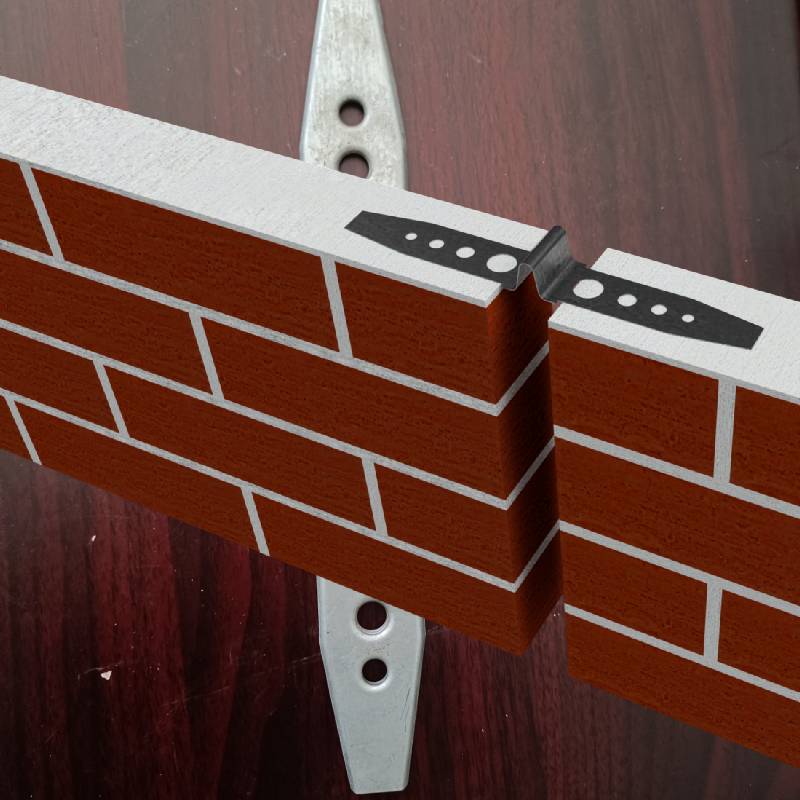
- Mobile Phone
- +8613931874955
- sales@cntcmetal.com
Understanding the Mechanics and Applications of Two-Way Torsion Springs in Engineering
Understanding Two-Way Torsion Springs
Two-way torsion springs are a specialized type of spring designed to exert torque or rotational force in two opposing directions. Unlike conventional springs, which primarily handle linear forces, torsion springs efficiently manage torsional loads, making them essential components in various mechanical systems.
Principle of Operation
At the core of a torsion spring's functionality is its ability to twist. When a force is applied to the ends of a coil, it unwinds or winds around its axis, storing potential energy. The amount of torque generated is proportional to the angle of twist and the spring constant, which is determined by the material, coil diameter, and wire thickness. The unique aspect of two-way torsion springs is their capacity to return to a neutral position when force is removed, effectively functioning in both clockwise and counterclockwise directions.
Design and Construction
Two-way torsion springs can be constructed from various materials, including stainless steel, music wire, and oil-tempered wire. The choice of material often depends on the application, weight, and required durability. The design involves creating a helical coil that is typically open or closed on both ends. The coils can be designed to a specific load-bearing capacity, ensuring they meet the demands of their intended application.
two way torsion spring

Applications
The versatile nature of two-way torsion springs allows them to be used in a wide range of applications. In the automotive industry, they are commonly found in mechanisms like brake systems and suspension components. In household items, such as folding chairs, they provide the necessary support for hinges, allowing smooth opening and closing actions. Additionally, they are prevalent in toys, appliances, and various electronic devices, where reliable and adjustable motion is required.
Advantages
One of the primary benefits of two-way torsion springs is their compact design, allowing them to fit into applications where space is limited. They also offer high levels of performance and durability, which contribute to the overall efficiency of the mechanical systems in which they are integrated. Their ability to provide consistent torque helps to enhance the functionality and longevity of various products.
Conclusion
In conclusion, two-way torsion springs play a critical role in modern engineering, enabling reliable movement and functionality in countless applications. Their unique design and operational principles make them invaluable components in a wide array of industries, from automotive to consumer electronics. Understanding the intricacies of these springs not only benefits engineers and designers but also enhances the performance and reliability of the systems they support.
share:
-
Creative Ways to Decorate Your Tomato CageNewsAug.22,2025
-
Common Mistakes When Installing Brick Wall TiesNewsAug.22,2025
-
Customizing Conical Springs for Aerospace ApplicationsNewsAug.22,2025
-
Galvanized Tie Wire for Binding PipesNewsAug.22,2025
-
Environmental Impact of Using Snake Spacers in PlumbingNewsAug.22,2025
-
Sacrificial Formwork Systems for Complex StructuresNewsAug.22,2025
-
Wall Ties for Concrete: Invisible Guardians of Building Structural StabilityNewsAug.08,2025
